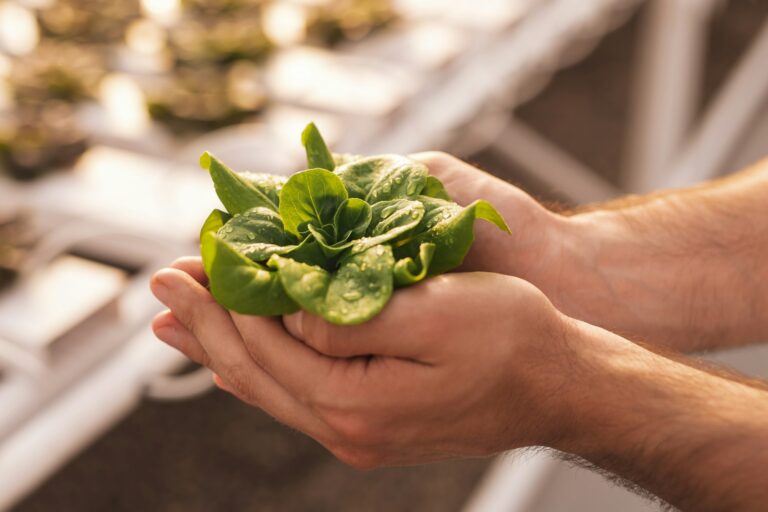A Comprehensive Guide to Growing and Caring for Dracaena Houseplants

Are you looking to add a touch of lush greenery to your indoor space without the hassle of high maintenance plants? Look no further than the Dracaena houseplants! These beauties are perfect for busy gardeners who tend to forget about their plants from time to time.
With over 120 species to choose from, Dracaena plants come in various sizes, shapes, and colors, making it easy to find the perfect fit for any room in your home.
In this guide, we will cover everything you need to know to successfully grow and care for Dracaena indoors. From cultivation and propagation to pruning and maintenance, we’ve got you covered.
What You’ll Learn
- Cultivation and History
- Propagation
- How to Grow
- Growing Tips
- Pruning and Maintenance
- Species to Select
- Managing Pests and Disease
- Quick Reference Growing Guide
Cultivation and History
Part of the Asparagaceae family, Dracaena plants are native to the tropics of Africa, southern Asia, and northern Australia, with a few species endemic to South America. While there is some debate over the exact number of species in the genus, Dracaena plants have been cultivated for centuries.
Some varieties even contain a red resin known as “dragon’s blood,” which has been used for dye, incense, and medicine for thousands of years. With their colorful foliage and easy-care nature, it’s no wonder Dracaena plants have become popular indoor houseplants since the 1800s.
Dracaena Plant Propagation
Dracaena plants are slow growers and are best propagated from cuttings. There are two main methods for propagating Dracaena plants:
-
From Cuttings
-
Top Cutting: Cut the top of the plant just below the leaf line and plant it in soil or water until roots develop.
-
Rooting Stem Cuttings: Cut the stem into sections, making sure each contains a few nodes, and plant in soil or water.
-
Repot the cuttings into larger containers once roots have developed, and continue to care for them in the same way you would mature plants.
How to Grow Dracaena Houseplants
Dracaena plants are incredibly easy to grow, making them perfect for beginners and busy gardeners. Here are some tips for successfully growing Dracaena houseplants:
- Choose a location with filtered light and consistent temperatures between 60-70°F.
- Water with purified or rainwater, allowing the soil surface to dry between waterings.
- Increase humidity by placing a shallow tray of rocks and water underneath pots.
- Fertilize sparingly during the growing season with a balanced liquid fertilizer diluted to half strength.
Remember to keep Dracaena plants out of reach of pets and children, as they are toxic when ingested. With proper care, Dracaena plants can thrive indoors.
Pruning and Maintenance
To keep your Dracaena plants healthy and looking their best, regular pruning and maintenance are essential. Here are some tips for caring for your Dracaena plants:
- Prune out damaged or dead leaves and canes to control the size of the plant.
- Dust off the leaves occasionally with a damp cloth to prevent blockage of sunlight.
- Repot your Dracaena plants every couple of years to replenish soil nutrients and prevent root bound.
Remember to watch out for fluoride toxicity, which can cause browning and yellowing of the leaves. Avoid using fluoridated water and maintain a soil pH between 6.0-6.5 to prevent issues.
Dracaena Species to Select
There are many species and cultivars of Dracaena plants available, each with its unique characteristics and growing requirements. Some popular Dracaena species include:
- Dracaena Fragrans var. Massangeana (Corn Plant, Mass Cane)
- Dracaena Marginata (Dragon Tree)
- Dracaena Reflexa (Song of India, Song of Jamaica)
For a full list of recommended Dracaena species, check out our supplemental guide, “7 Best Types of Dracaena to Grow at Home.” You can easily find these plants at your local nursery or order them online for convenience.
Managing Pests and Disease
While Dracaena plants are relatively low maintenance, they can still be susceptible to pests and diseases. Here are some common pests and diseases to watch out for:
- Insects: Aphids, mealybugs, scale, and spider mites can infest Dracaena plants. Regularly check your plants for signs of infestation and treat them promptly with homemade insecticidal soap or neem oil.
- Disease: Soft rot and leaf spot are common diseases that can affect Dracaena plants. Monitor your plants for signs of disease and take preventative measures to keep them healthy.
By providing proper care and growing conditions, you can prevent most pest and disease issues from affecting your Dracaena plants.
Quick Reference Growing Guide
For a quick overview of growing and caring for Dracaena plants, refer to our quick reference guide below:
- Plant Type: Evergreen shrub or tree
- Foliage Color: Green, red, yellow, variegated
- Native to: Africa, southern Asia, northern Australia, South America
- Tolerance: Drought, low light
- Hardiness (USDA Zone): 9-11
- Soil Type: Potting soil amended with organic matter
- Exposure: Bright indirect light
- Soil pH: 6.0-6.5
- Height: Up to 6 feet indoors
- Water Needs: Low
- Maintenance: Low
With this comprehensive guide, you now have all the information you need to successfully grow and care for Dracaena plants. Whether you’re a beginner or an experienced gardener, Dracaena plants are a great addition to any indoor space. So go ahead, choose your favorite Dracaena species, and enjoy the beauty of these captivating plants in your home!





